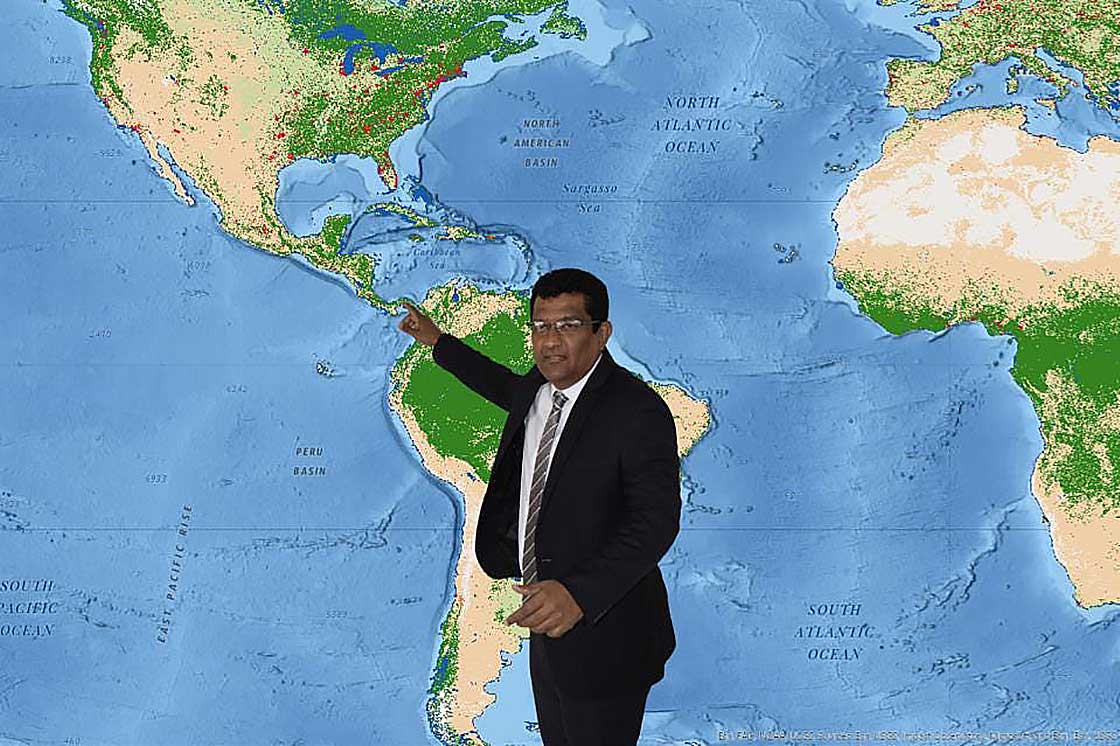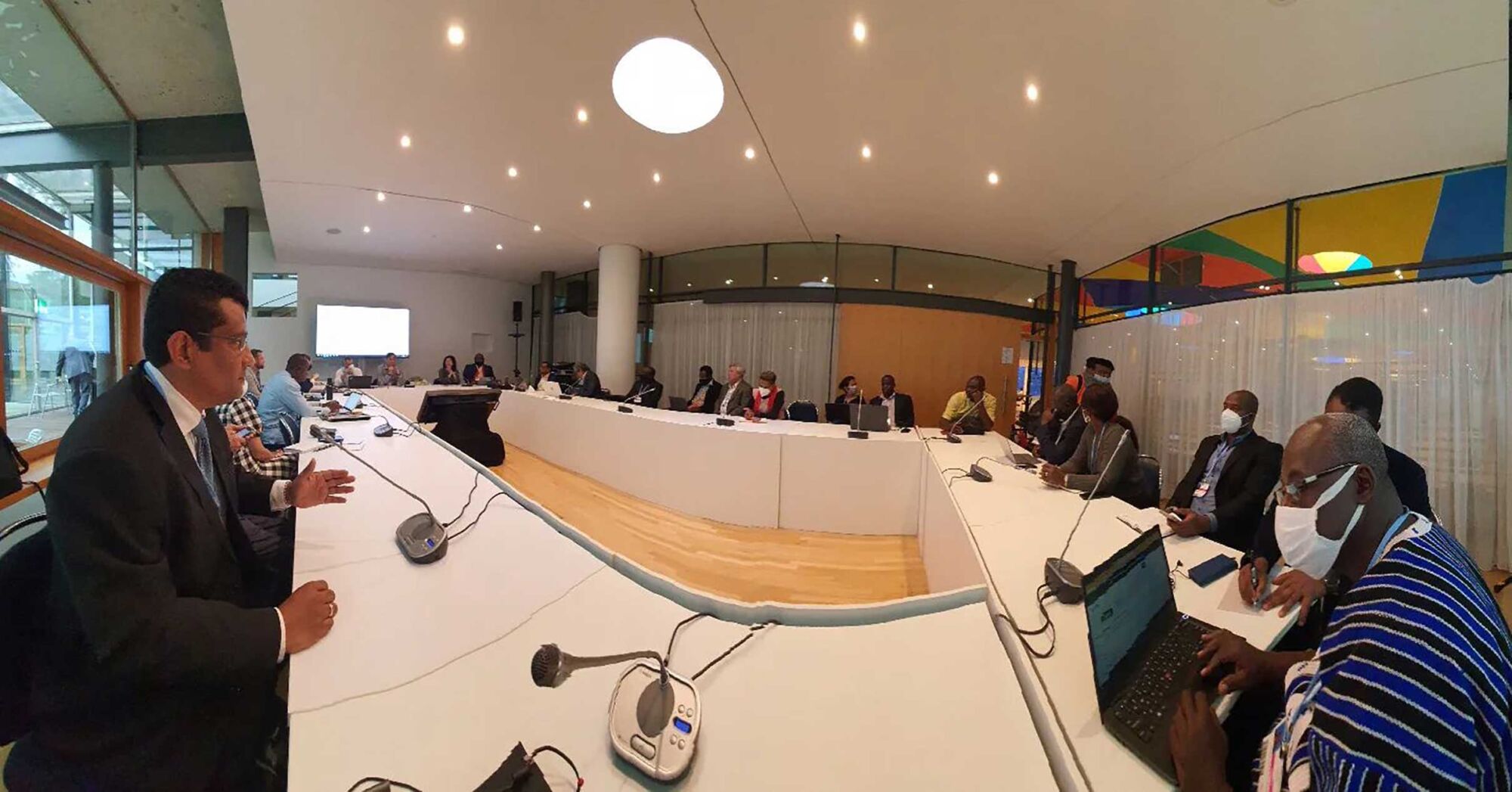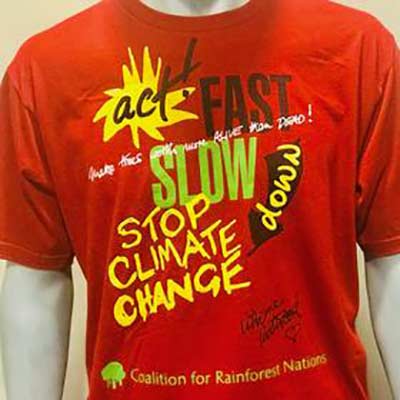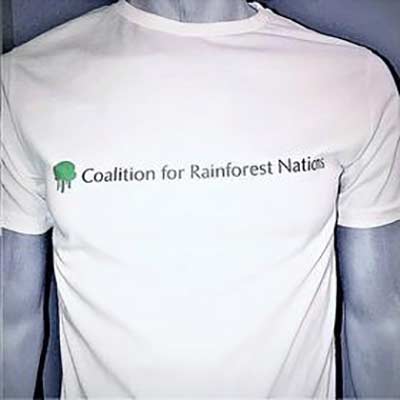
Celebrating Our People: Emilio Sempris, Regional Director for Latin America and the Caribbean
For CfRN, policy support includes helping countries establish the institutional framework needed to implement REDD+ at a national scale. A former Environment Minister for Panama, Emilio Sempris joined the Coalition for Rainforest Nations as Regional Director for Latin America and the Caribbean in 2022.
How would you describe what you do at CfRN, in a nutshell?
Beyond COP negotiations I’d say that I’m opening doors for REDD+ in a number of countries. Senior Advisor Eduardo Reyes and I work as a kind of tag team to help the Coalition assist countries to put the REDD+ framework in place.
How does that work?
This type of capacity building is not as linear as most believe. Much has to do with laying the groundwork by helping officials put institutions in place that countries need in order to implement REDD+ and their Paris Agreement pledges.
The simple fact that a country has signed the Paris Agreement doesn’t mean they are going to hit the ground running. We visit countries, we see what their laws are, and what they need. They still need a budget, they need to hire people, and train people to put a legal framework in place. It’s not only about the Environment Ministry, but there are also other ministries that need to be empowered.
There are challenges, of course. You can start working with a government and there is an election and a new authority. So, you may have to start from scratch every five years. The work that we are doing at the Coalition takes time. It takes time for a country to institutionalize their internationally agreed commitments.
As the director general of CATHALAC from 2002 to 2012 you were instrumental in using NASA data from satellites to help countries understand how climate change would impact their region. Can you talk a little about that?
Yes. To back up a little, CATHALAC is the Water Center for the Humid Tropics of Latin America and the Caribbean. That project you are referring to is called SERVIR.
I helped obtain funding for it from the Global Environment Facility (GEF). SERVIR’s goal was to mainstream the use of publicly available satellite information, mostly from NASA, to address climate change, disaster management, and land planning in the region.
With technology, including SERVIR, countries get a clear picture – they know what is hitting them. Before, it was like, ‘Okay, we lost crops, what happened?’ Now we know how climate change is impacting food security, and all kinds of other impacts.
Working with countries has always been something I love to do. And hopefully, when I leave, they have a stronger institutional capacity to address complex issues. Through technology, financial support, and capacity building we can fight the enemy better. Using SERVIR, in collaboration with the UNDP we were able to assist eight Meso-American countries to put together their climate adaptation plans.
Prior to joining CfRN as Regional Director for Latin America and the Caribbean, how did you overlap with REDD+ and CfRN?
I first encountered [CfRN Executive Director] Kevin Conrad and [Managing Director] Federica Bietta at the 2005 United Nations Climate Change Conference in Montreal, which I attended as Panama’s Advisor on Climate Change. I saw them interacting with 52 coalition countries -- muscling climate solutions into the agenda, telling heads of state to take conservation into account as a main source of emissions reductions.
Then, during my term as Vice Minister for the Environment, Panama Co-Chaired the Coalition for Rainforest Nations. We did so gladly. I was heavily involved then and got into the middle of the fight for Article 5, in the Paris Agreement. (Article 5 recognizes rainforests as essential to meeting the Paris Agreement goals of 1.5 degrees of warming).
Did you have experience implementing REDD+ in Panama?
Certainly. When I served as Minister for the Environment, Panama became the first country to file its forest reference level on all five REDD+ activities.
Thus far, only something like 4 percent of the REDD+ results generated by countries slowing and stopping deforestation have been paid for. Are you optimistic this will change, and how soon will we see it?
Countries like Colombia, Ecuador. They’re working really hard on rainforest conservation. But they have come to a point where the multilateral funding is not enough for them to scale up their ambitions. They need private participation. And you will only attain that participation if you have a system where corporates are buying and retiring REDD+ carbon credits, as opposed to waiting for multilateral financial mechanisms to kick in. In my opinion, we’re moving to a world where there is going to be a convergence between nations’ REDD+ results and corporate retirement. That will probably take place well before 2025.
You have mentioned you and your wife, whom you describe as a “hardcore conservation advocate” live deep in the forest. Your LinkedIn page often features creatures -- from a flock of colorful parrots after a rain, to a huge boa constrictor you found at night, to a mother sloth in a tree being reunited with her baby. Is it safe to guess that you love nature?
To give you an honest response, Yes! Honestly, every time I see wildlife it’s like they’re talking to me, Saying, “Emilio, you can do something to help us.” I feel like they are saying, “Just a reminder that you need to continue working.”

Sempris at a roundtable discussion of REDD+ sovereign credits with representatives from more than 50 countries.
“In my opinion, we’re moving to a world where there is going to be a convergence between nations’ REDD+ results and corporate retirement.”


